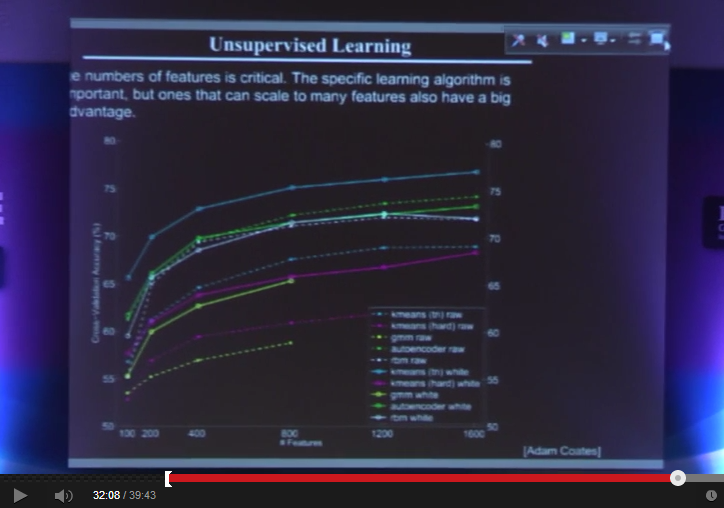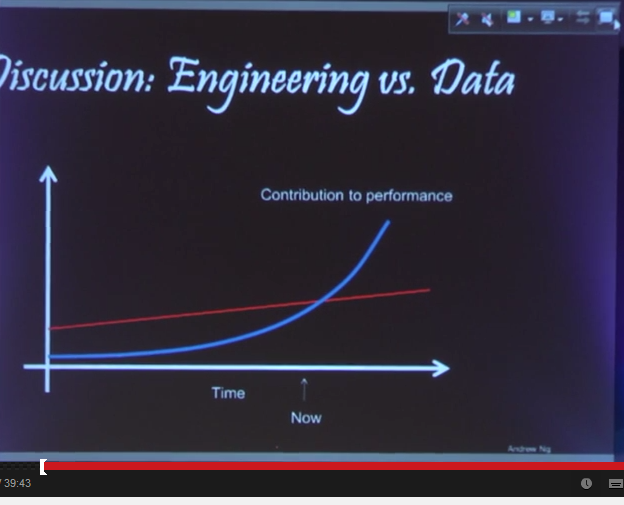FUELLING CHANGE IN AUSTRALIA’S HEALTHCARE THROUGH TECHNOLOGY; LESSONS FROM ROCK HEALTH
By Melia Rayner | February 27th, 2014 in Intelligent Thinking First, Technology Second
Above: Rock Health funded startup CellScope are reinventing the otoscope (image courtesy of Yahoo)
Social change through technology is all around us, in the way we shop, communicate, pay bills and arrange services. So why has the incredibly important area of health been so slow to move in line with the digital economy? Australia has led medical breakthroughs in the past; from the implementation of the first bionic ear in 1982 to the cervical cancer (HPV) vaccine in 2007, but the past few years have seen our healthcare landscape struggling to get further than the ‘middle of the pack’.
Elsewhere, the digital health movement is growing rapidly. In Washington, a startup called KitCheck helps hospital pharmacies process medication kits faster and without error, whilst in San Francisco CellScopehas built a smartphone-enabled diagnostic toolkit, including a digital otoscope. Even global magnates have put resources and teams into developing health innovation, such as General Electric’s Logiq; which is an ultrasound for the whole body, and Walgreens’ Pill Reminder app and Find Your Pharmacist web tool.
All the companies above have capitalised on the need for social change in healthcare through the vehicle of technology. Utilsing innovations in technology to solve human problems is behind everything we do at Portable. The point at which culture and technology meet is where social change can really happen. It’s in this mission that our maxim ‘Intelligent thinking first, technology second’ hits home; in the utilisation of technology to support social change rather than commandeer it.
This is why we’re bringing out a digital health innovator like Dr. Nate Gross as part of our Portable Talksseries. Nate’s company Rock Health provides startups (such as KitCheck and CellScope) with funding and full service support to advance the healthcare industry through technology. Their partnerships across the industry – from medical institutions to venture capital firms and corporates – give them unparalleled knowledge of how to innovate change in a highly regulated industry. In addition, Nate’s successful development of healthcare game changers such as Rock Health and Doximity makes him uniquely qualified to present to Australian audiences on lessons in innovation from Silicon valley and how to break down barriers to entrepreneurship and communication in this sector.
We spoke to Nate about the importance of change in healthcare and some of his other key maxims in advance of his recently announced tour for Portable Talks in May.
https://www.youtube.com/watch?v=V7Q9y1zRdXQ
Above: Nate speaks briefly about the story of Rock Health.
Why did you decide to come all the way to Australia for Portable Talks?
Well, that’s easy: Australia and Portable Talks. It seems to be a very exciting time in Australia, where the next engine of growth could be technology, healthcare, or both — and the [Australian] people are consistently applauded for living healthy lives. And of course, Portable’s reputation preceded itself as I had watched several previous [Portable Talks] series online, thus knowing there were amazing and in-depth conversations to be had.
How can the USA learn from Australia’s approach to health innovation, and vice versa?
I think we can learn from the approaches and we can learn from the businesses themselves. The startup community in Australia is smaller but accelerating, and most importantly the quality is high, a recipe for wins that will attract more entrepreneurial ideas and capital.
We can also learn from the businesses themselves — many successful concepts may be translated or shared due to some similarities between the mixed private and public components of our healthcare systems. That’s not to call our systems too similar, of course, as there is much to learn from Australia about accessibility and affordability.
In your opinion, what are the three biggest hurdles facing digital health innovation internationally?
Differences in incentives is often at the top of the list, which can make cost a barrier to different parties in different healthcare systems.
The funding environment is another. I think many cities and countries are ready to scale up their innovation efforts, but it can be a chicken-and-egg problem where some local wins are first required to attract capital to the area.
Language itself is a barrier, which Australia is perhaps more cognizant of than Silicon Valley, as it’s a leader in the Asia Pacific region. And there are many other hurdles that may become more relevant depending on the venture: market size, privacy, interoperability, the US regulatory process, infrastructure, consumer readiness.
Health is often perceived to be a topic that individuals outside the industry don’t actively engage with. Why should individuals from outside health and medical fields engage with in this industry?
Two reasons: First, because you don’t want to wait until you get sick to start solving these problems. And second, healthcare is an entrenched industry, which means there’s a lot of entrenched thinking. Outside perspective can lead to fantastic innovation, and many of the startups that have come through Rock Health have been founded by “outsiders”.
What is the key message you’d like to bring to your talks in Australia?
It’s the right time to get involved in digital health. There has never been a better time to be a health entrepreneur, and there are many ways you can get involved to transform the healthcare sector.
Nate will be discussing topics such as trends in digital health, innovation in heavily regulated industries and breaking down barriers to entrepreneurship and communication in healthcare throughout his Portable Talkstour in early May. This event is a must-see for those working in digital innovation, healthcare, technology, startups, or high-tech funding. The tour will cover Melbourne and Sydney with tickets available here – be quick to secure an earlybird discount. Nate will also spend a day as Portable’s ‘Entrepreneur in Residence’, delivering a new agenda with the team to help encourage innovation and creative thinking in cross disciplinary fields.
To find out more about the Rock Health Portable Talks tour or to enquire after a private company consultation with Dr. Nate Gross, please contact Kate at kate(at)portablestudios.com.au
For all other tour enquiries please contact Mikala Tai at mikala(at)portablestudios.com.au










 GIULIO SAGGIN, FILE PHOTO: ABC NEWS
GIULIO SAGGIN, FILE PHOTO: ABC NEWS


